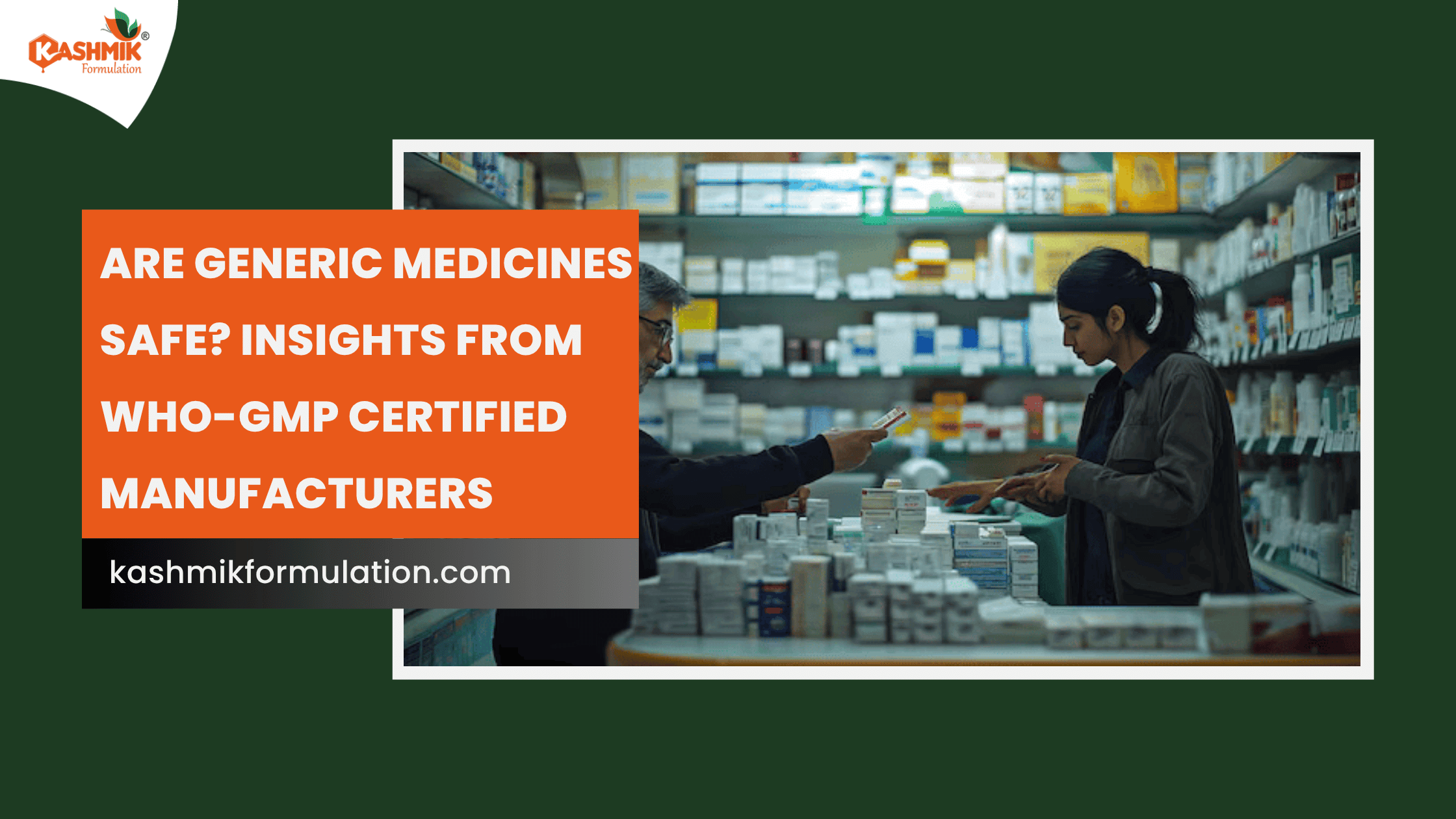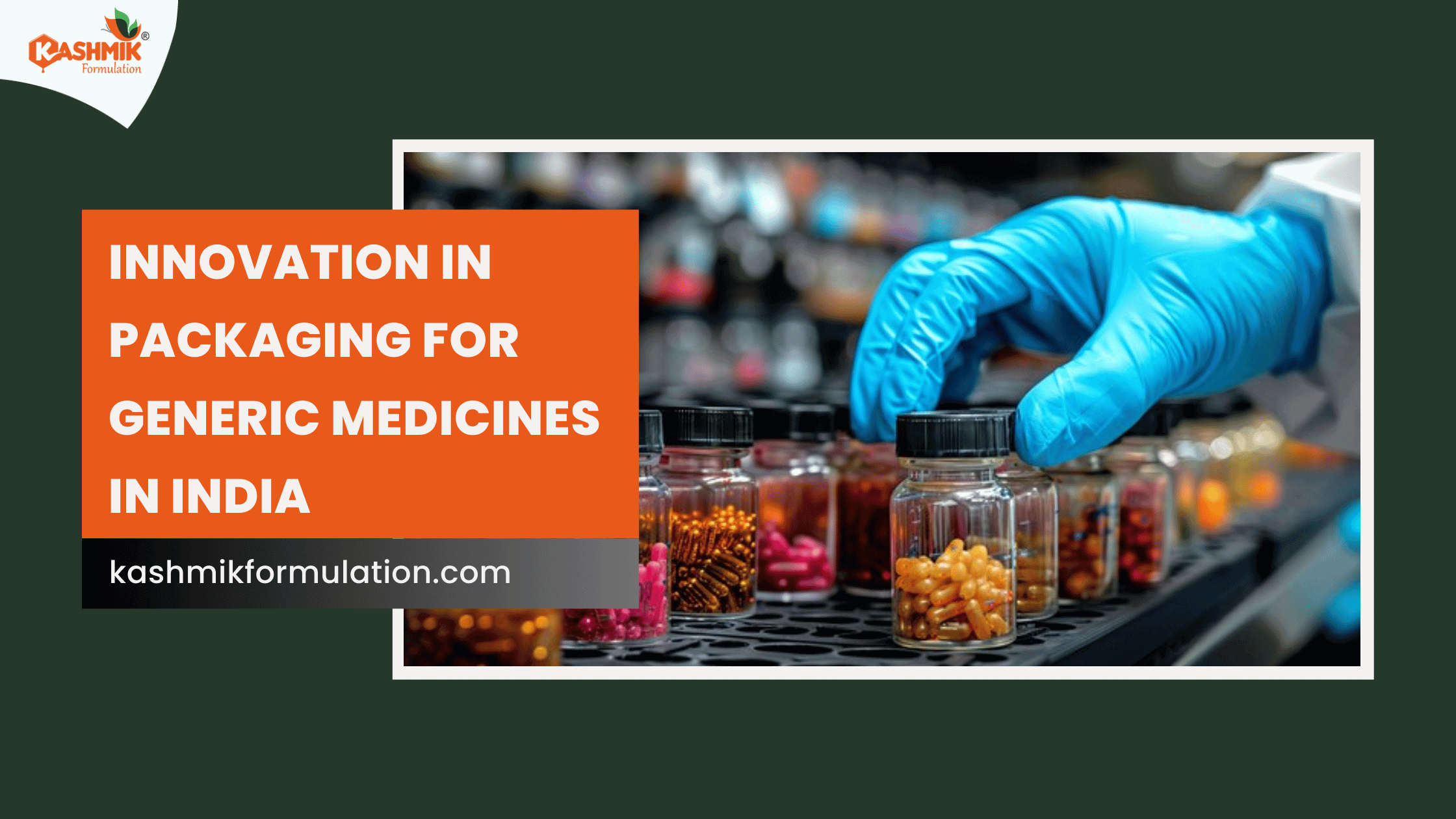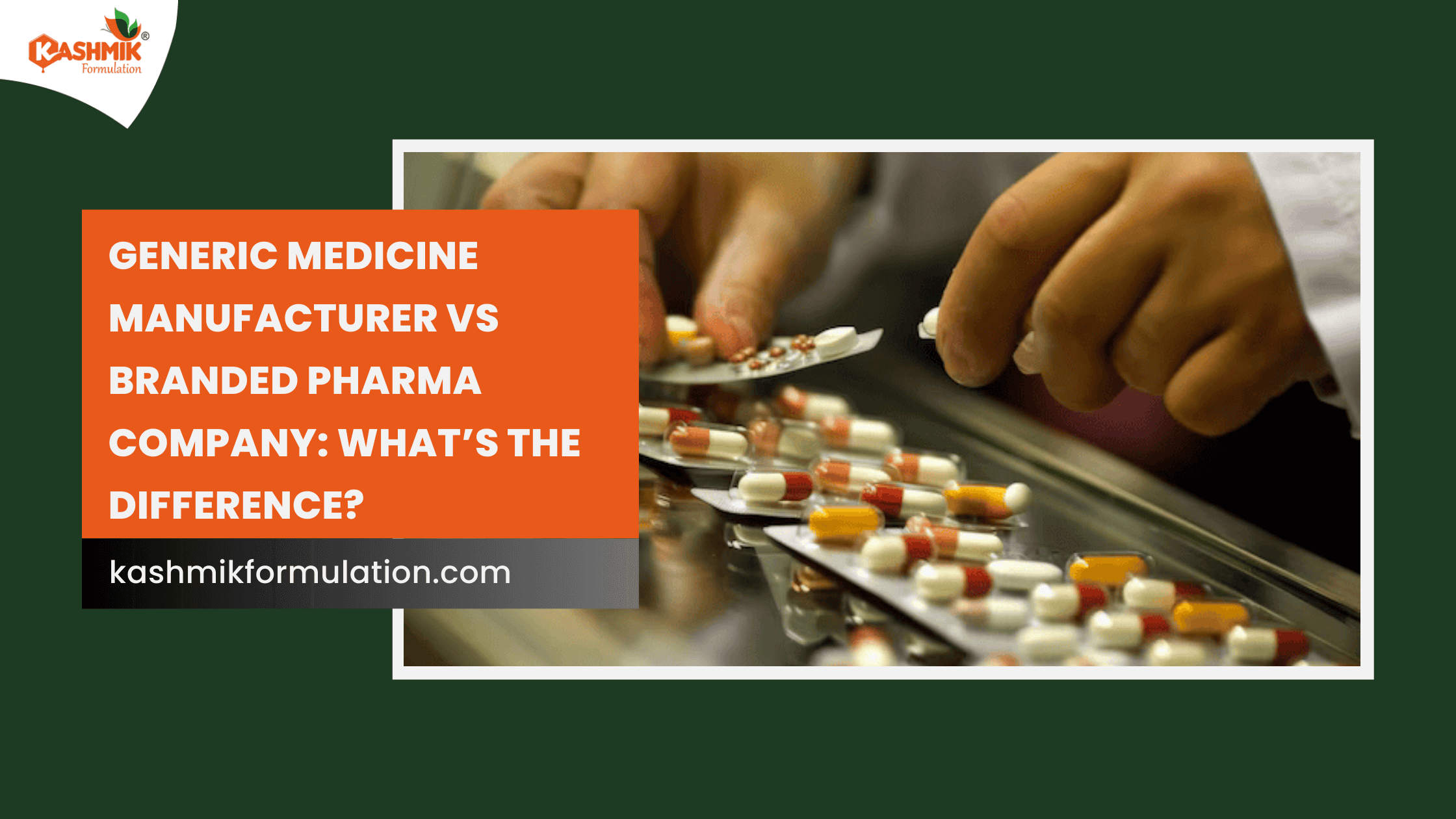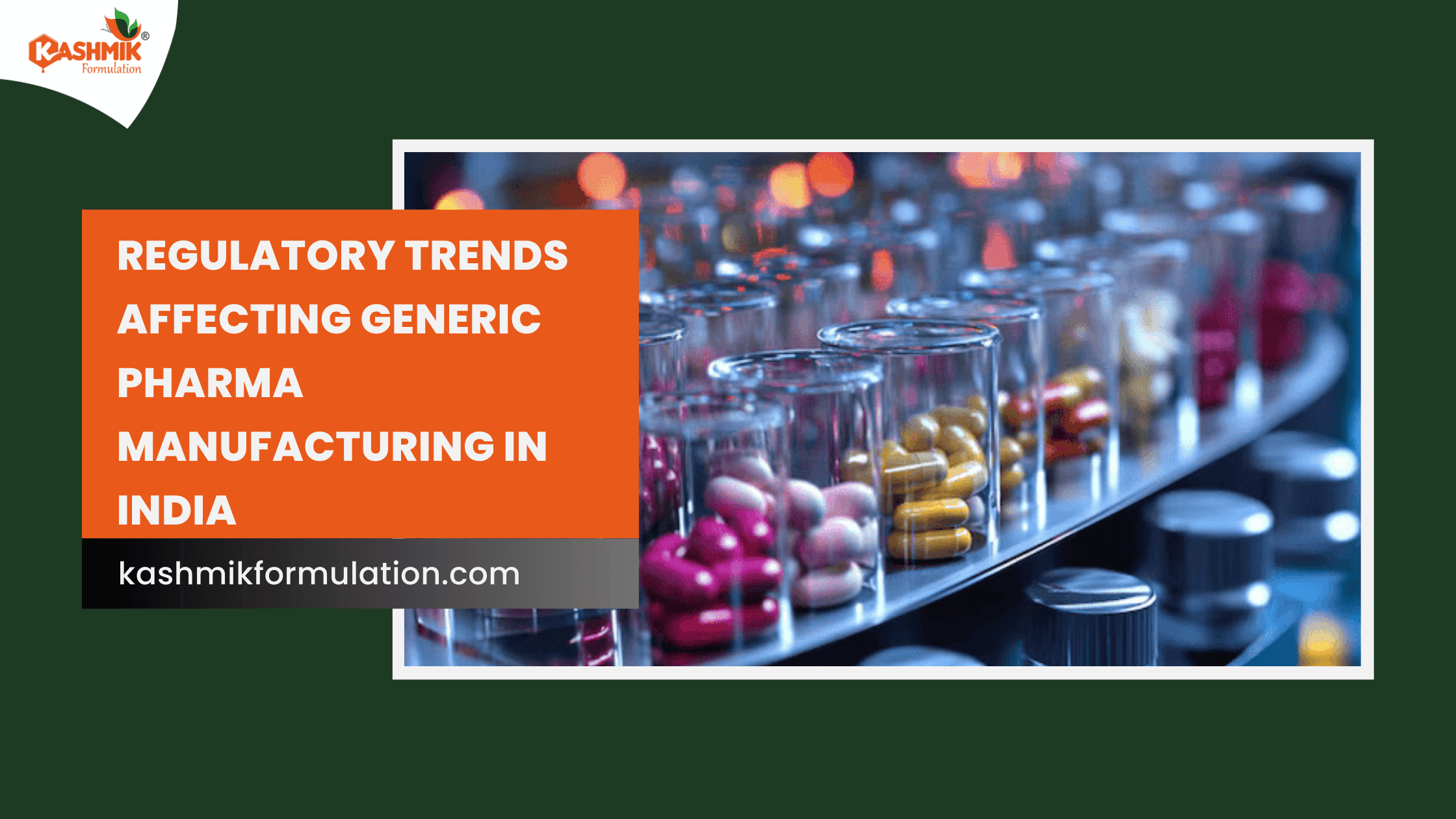In the past years, the Indian pharmaceutical market has experienced a significant transformation and it is continued on the path towards it. While metros and tier one cities have traditionally been the focus of these big pharma companies, another silent growth story is emerging in Tier 2 and tier 3 cities as well. These regions are not only expanding their healthcare infrastructure but are also becoming the hotspots for the use of generic medicines.
For the pharma companies who are seeking sustainable growth, it is extremely important for them to understand how to effectively expand their pharma product line in these cities. Many of the top pharma companies in Gujarat have already recognized this trend and are strategically getting into these growing markets. In this blog, we will try to explore why Tier 2 and 3 cities are being the power hub of generic medicines and how businesses can leverage this opportunity.
Why Tier 2 and Tier 3 cities are driving the generic medicine demand?
Rising healthcare awareness
With improved access to digital platforms, telemedicines and various government health schemes, people in the smaller towns are now becoming more conscious about the new age healthcare system. They are looking for affordable alternatives to the branded drugs and generic medicines can perfectly meet this demand.
Affordability and accessibility
Branded medicines often remain out of reach for the middle and the lower income groups. It might sometimes also happen such that given the cost of the prescribed medicine, middle class or lower income group people might stop taking them altogether. And this comes from a decision of economic standpoint. Generic medicines being cost effective make the long term chronic treatments accessible. In towns where household income is limited, affordability is certainly one of the key drivers to maintain the long term treatment.
Government initiatives
Programs such as Pradhan Mantri Bhartiya Janaushadhi Pariyojana (PMBJP) have been promoting generic drugs aggressively and this has created a certain awareness in the people about the efficiency of these medicines and not just the branded ones. It has helped create a shift in the mindset of both the patients and the doctors in these smaller cities, which has opened doors for pharma companies to expand further.
Expanding distribution network
Logistics and supply chains have improved considerably in Tier 2 and 3 cities. There is better road connectivity, e-commerce penetration and local distribution which has made it easier for the pharma companies to reach even the remotest markets.
Growth of private healthcare
There are many private run hospitals, nursing homes, small clinics which are mushrooming in the non metro regions. These facilities are more inclined towards prescribing the generic medicines so that the people can keep up the treatment at a cost manageable position.
Key strategies to expand a generic pharma product line in smaller cities
Improve the local distribution channels
A reliable distribution network is non-negotiable. Partnering with local wholesalers and medical representatives will help you keep up with the punctual supply of the medicines. Many of the top pharma companies in Gujarat have successfully expanded by creating a strong relationship network with these local authorities who understand the regional market.
Awareness campaigns for doctors and chemists
Doctors and chemists play a pivotal role whenever it comes to promoting any form of medicine. Conducting medical representative visits, getting into various awareness workshops, and providing comparative studies about generic versus branded medicines can help in recommending your products to the patients.
Affordable packaging and smaller SKU
Affordability drives purchase decisions in Tier 2 and Tier 3 cities. Introducing the smaller stock keeping units or strip-based packaging at a lower price point will make these medical products more attractive to not just the consumers but to the retailers as well.
Leverage digital marketing and telemedicine
Smartphone penetration is really high, has gotten really high in smaller cities. Using the regional language content on social media, regular WhatsApp promotion for chemists and tie-ups with telemedicine platforms can give companies a direct link to the end consumers.
Franchise and retail models
Opening branded generic medicine outlets by collaborating with existing pharmacy chains is one of the best ways to create credibility for your new company. Franchise models, which have been adopted by many Gujarat-based pharma firms, allow rapid expansion with lower investment rings when you are connecting with an established franchise.
Tie-ups with govt health programs
Participating in tenders and supply contracts for a government-run hospitals and health centres provides steady demand. There are many Tier 2 and 3 cities that rely heavily on government facilities, which can be a lucrative channel for the generic medicine suppliers.
Training and Education Initiatives
Pharma companies can establish themselves as trusted players by conducting training sessions for healthcare professionals. It should speak about the efficacy of the generic drugs. This helps to build confidence and also create long-term brand loyalty in the rural and semi-urban markets.
Challenges in expanding in Tier 2 and 3 cities
While opportunities are abundant, companies must also be ready to address some challenges.
Low awareness in many patients is something that you have to fight because many patients still associated quality with expensive branded medicines. Overcoming this mindset will take consistent awareness campaigns.
The rise of small local pharma companies have created a high competitive pricing zone. Therefore, you need to create some differentiation in service packaging or brand credibility.
Strict adherence to drug safety standards and the pricing norms is very important, so, you have to find the right people and channels so that you can work while keeping up this complaint measures.
Conclusion
India’s healthcare story is being rewritten beyond the metros and Tier 1 cities; Tier 2 and Tier 3 cities and not just catching up, but they are also setting the stage where you will speak of a more inclusive healthcare system. There will be accessible, affordable and reliable generic medicines which will become central to this growth.
For companies which are planning to expand, the mantra should be simple, ensuring affordability and build trust and stay committed to quality. The demand for generic medicines is not just a buzz. It will be a long term shift in India’s healthcare landscape. For pharma companies who are willing to adapt, Tier 2 and Tier 3 cities represent a golden opportunity to contribute to healthcare accessibility while promising on a sustainable business growth.





